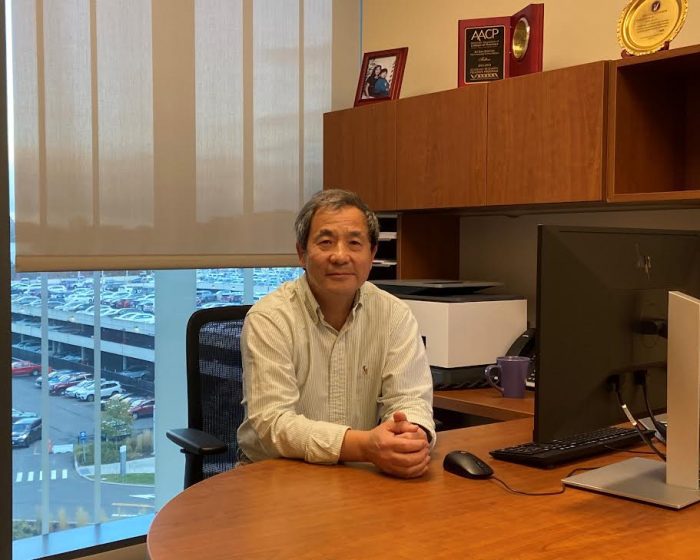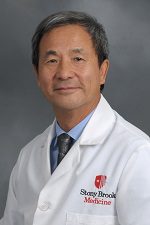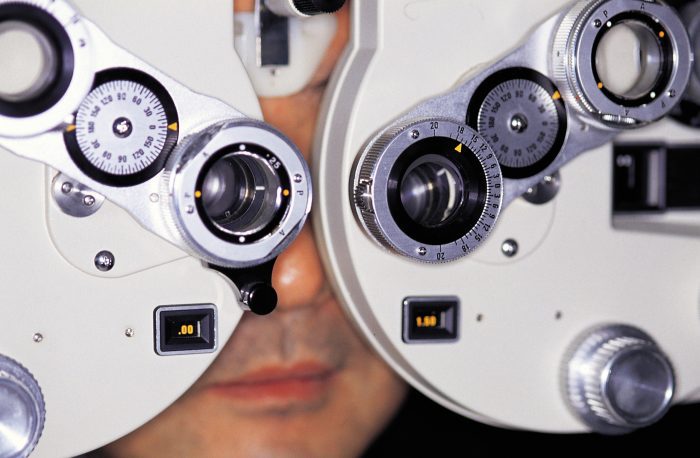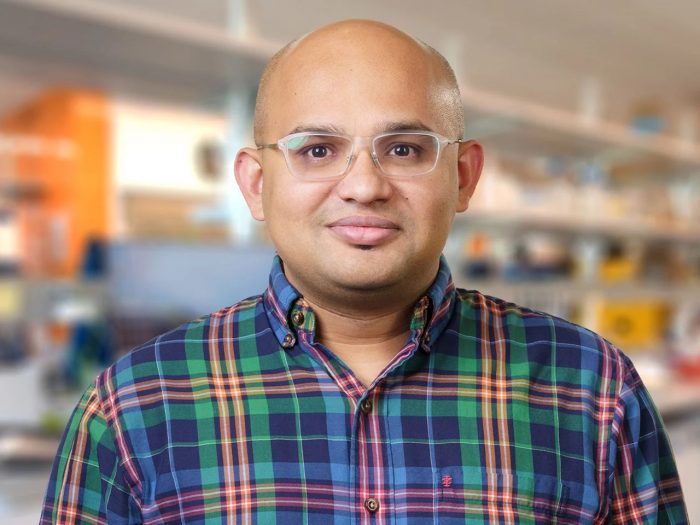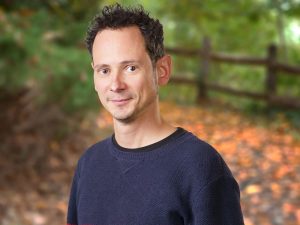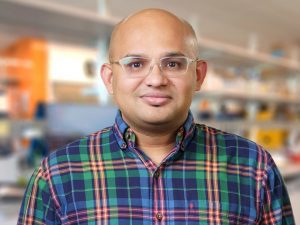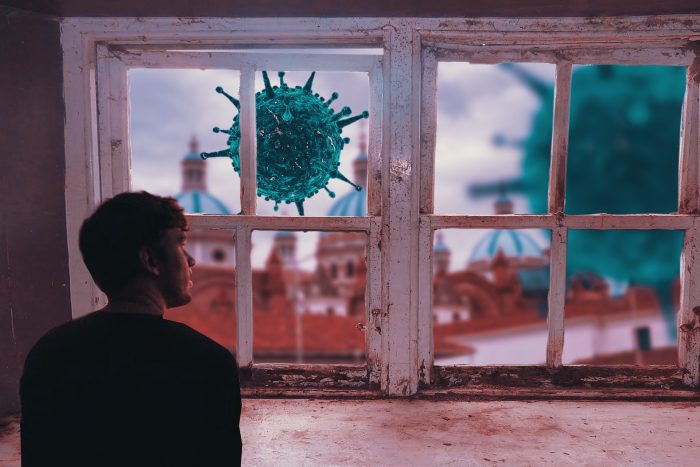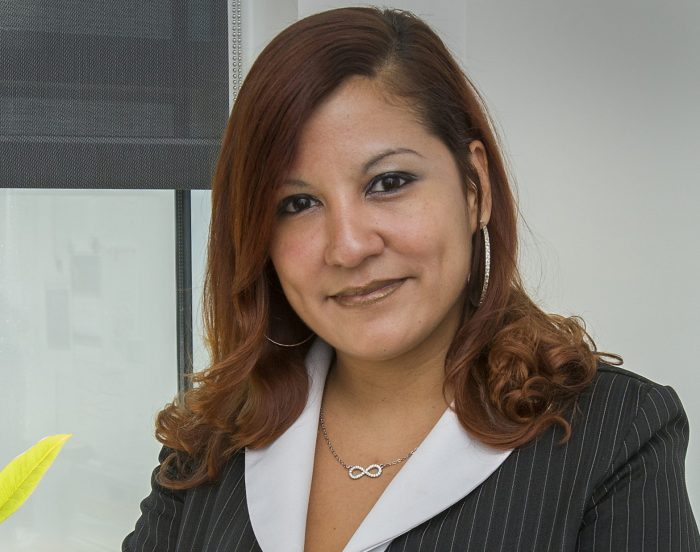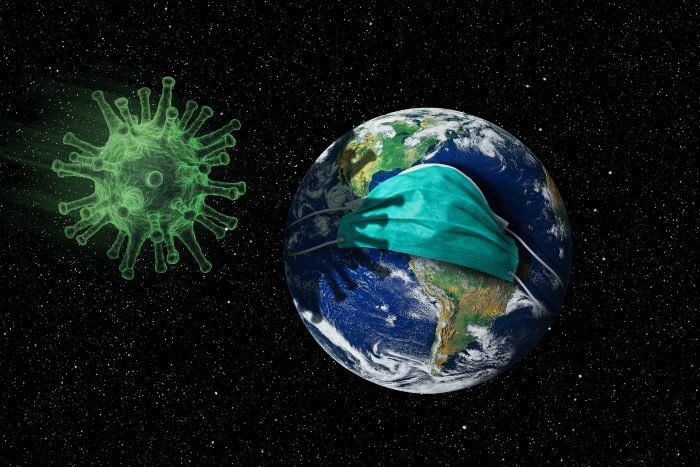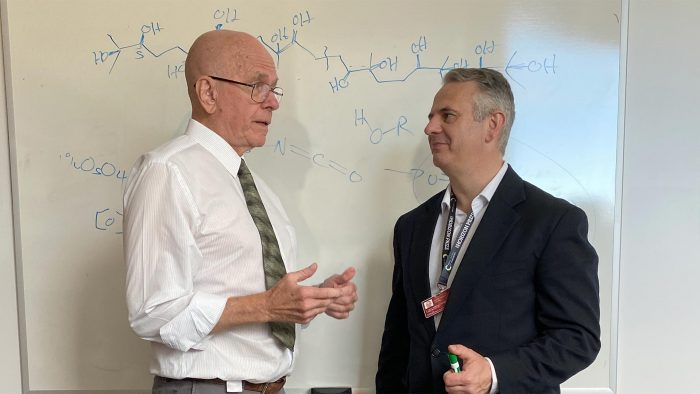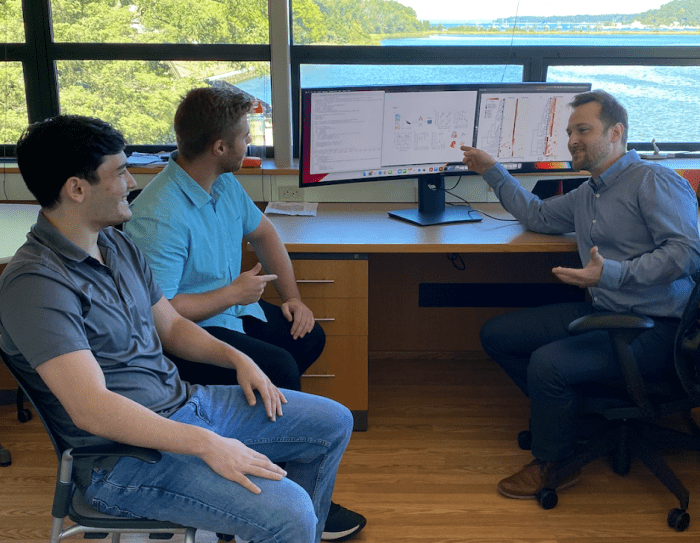By Daniel Dunaief

Even months after we emerged from our Covid caves, I still appreciate the wonder and joy of getting out again, of seeing people, of making plans, and of going on a date with my wife.
Recently, we went to see “Hadestown.”
We didn’t know much about it, except that it had won several awards. As soon as we sat down, we fell on the playbill, reading about the origins of the story, checking out the cast, and immersing ourselves in the experience.
I will admit, sheepishly, that we also used our TV app to watch a few minutes of the Jeopardy! Tournament of Champions. Our son thinks our addiction to that show is laughable and he didn’t even see the movie “Rainman,” in which Dustin Hoffman’s character is addicted to the show “The People’s Court.”
Anyway, after Jeopardy! ended, we took in the room. We studied the arrangement of the set, where it was clear the musicians would be on stage. When I was in high school, I thoroughly enjoyed playing in the pit orchestras of “West Side Story” and “The Wizard of Oz.” One of the wonders of the experience was the opportunity to dress casually, as we played in a true, recessed pit where we were heard and not seen.
As we got closer to the start of “Hadestown,” the auditorium filled with people sporting a wide range of attire, from casual to festive.
In the first few moments of the show, we were transported, as a colorful Hermes pranced around the stage, interacting with the other actors and reaching out to the audience.
The appreciative guests lapped up his over-the-top gestures and movements, as he introduced us to some of the characters and the band, who filled the stage with vitality, music and movement.
During intermission, I watched two women in the row in front of me. One was talking, while the other nodded absent-mindedly while playing solitaire. Perhaps that’s a carry over from too much time at home. Then again, who am I to complain? We watched a TV show in the moments before “Hadestown” started, so we’re also accustomed to our isolated entertainment.
To my left, two women with bright blonde hair opened a ziplock bag filled with small sugar cookies. After they each ate one, the woman holding the bag dropped a cookie on the floor. I felt it hit my shoe before it settled on the ground.
Now, I am a bit OCD with germs. Okay, fine, that’s like being a bit pregnant. I’m OCD and have been known to wash my hands so often in the winter that my skin becomes incredibly dry, cracks and bleeds.
So, what would I have done with that cookie? I would have picked it up, put it in my coat pocket, forgotten about it for about two weeks and, upon rediscovering it, would have thrown it in the garbage and, of course, washed my hands immediately afterwards.
What did she do? The woman picked it up, briefly scraped off the parts she imagined must have touched the floor and my shoe, blew on it and broke it in half. She gave her companion one half, she kept the other, and they both, gulp, ate it.
I laughed nervously and made a mental note, not that I ever need one, to wash my hands just because, well, yuck!
In the second half of “Hadestown,” the show followed a similar pattern, as one sad, longing song gave way to another.
At the critical moment of the story, the woman who had been playing solitaire in front of us objected to the tragic turn of events.“Oh no, don’t do it!” she shouted.
While I wasn’t surprised by the ending to a story filled with mournful songs and that Hermes told us was sad, I chuckled as she tried to change the script from the balcony.
Yes, it was great to be out and to appreciate the show, the music, and the other guests.
All the world, as Shakespeare suggested, is a stage, including for the appreciative members of the audience.


